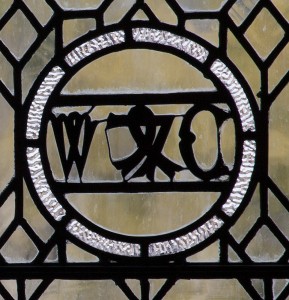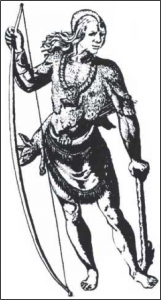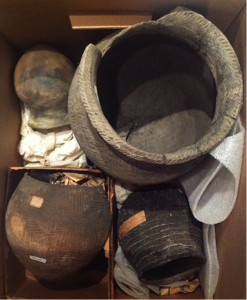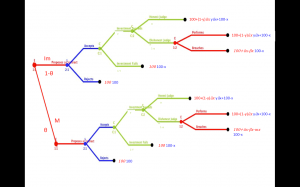The Mark of the Renaissance Printer is a project whose focus begins with the windows of the Thompson Memorial Library. The arched windows of the north and south wings, as well as those in the Class of 1951 Reading Room, contain printer’s marks – symbols developed during the 15th and 16th centuries to identify the printers of books and their printing presses. Originally, eighty-two of these marks were installed in the library; today, due to renovation, only sixty-six remain. In 1917, librarians published a short pamphlet, which included only the names of the printers and their years of activity – leaving biographical information and historical context unknown and, in effect, inaccessible.
My aim has been to compile biographies for each printer, taking into account their progress and innovations in the art of printing, as well as their cultural involvements – both religious and political. Accordingly, the initial focus opens up from a study of Vassar’s own history into a tracing of both the development of printing and its lines of visual and cultural continuity and transmission. In addition to writing these biographies, and analyses of the marks themselves, I am publishing my entries to a website within Vassar’s Digital Library.
The digital portion of my project serves two purposes: the first, to enhance the digital archives that contain the visual artifacts of Vassar’s celebrated heritage; the second, to aggregate information into an accessible and comprehensive collection of historical data with corresponding bibliography. These components of my project belong to the growing field of the digital humanities, which explores the benefits of transferring materials and resources into more readily available domains.
Katherine Durr ’15




